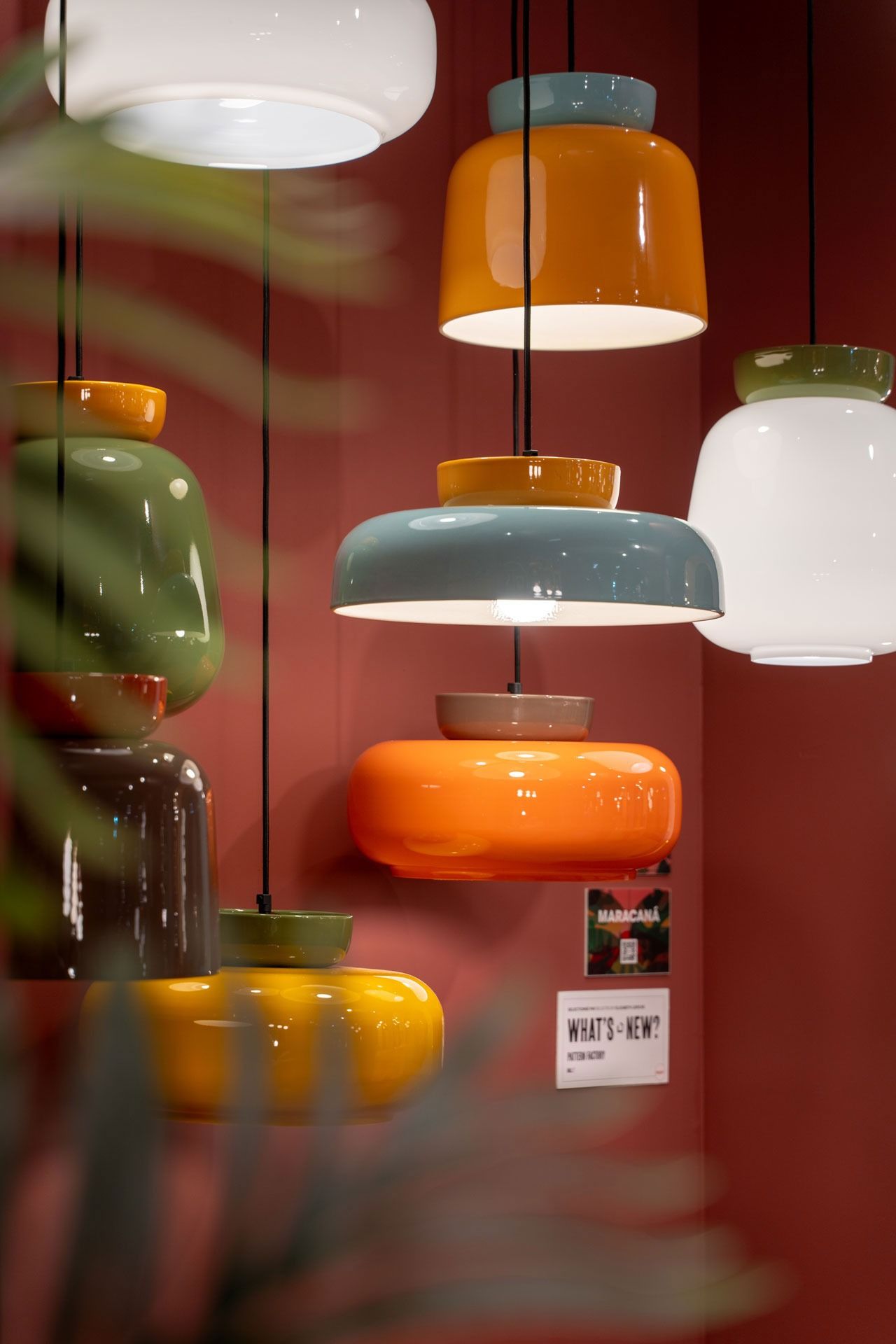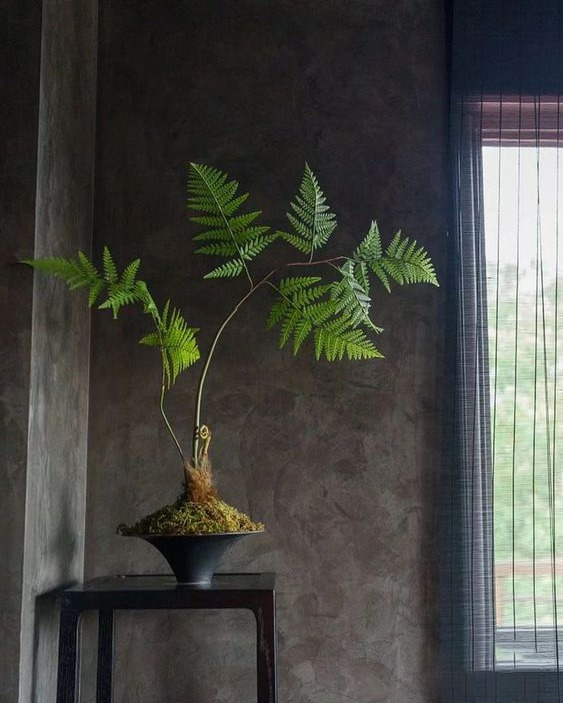
Indoor lighting design plays a significant role in creating the atmosphere and ambiance of a living space. Proper lighting can make a room feel inviting, cozy, and functional, while poor lighting can make it feel dull, uninviting, and uninspiring. When designing indoor lighting, several factors should be considered, including the room’s purpose, the furniture and layout of the space, and the individuals who will be using the room.
One of the first things to consider when designing indoor lighting is the room’s purpose. Different rooms have different lighting needs. For example, a kitchen or a workspace may require bright, focused lighting to help with tasks and increase visibility, while a bedroom or living room may benefit from softer, ambient lighting to create a relaxing and comfortable atmosphere. By understanding the purpose of the room, you can determine the type and intensity of lighting that will best suit the space.
Another important consideration in indoor lighting design is the furniture and layout of the room. Lighting fixtures should be strategically placed to enhance the room’s features and create a visually appealing space. For example, pendant lights can be used to highlight a dining table or kitchen island, while wall sconces can add a touch of elegance to a living room or hallway. By considering the placement of furniture and other elements in the room, you can create a lighting design that complements and enhances the overall decor.
When designing indoor lighting, it is also important to consider the needs and preferences of the individuals who will be using the room. Some people may prefer bright, white light for reading or working, while others may prefer softer, warmer light for relaxation or socializing. By incorporating dimmer switches or adjustable lighting fixtures, you can give users the flexibility to adjust the lighting to suit their needs and create the desired ambiance.
In addition to considering the room’s purpose, layout, and users, it is important to select the right type of lighting fixtures for each space. There are three main types of indoor lighting: ambient, task, and accent lighting. Ambient lighting provides overall illumination for a room, while task lighting is focused on specific areas to assist with tasks such as reading or cooking. Accent lighting is used to highlight specific features or objects in a room, such as artwork or architectural details. By incorporating a combination of these lighting types, you can create a layered and dynamic lighting design that adds depth and visual interest to a room.
In conclusion, indoor lighting design is a crucial aspect of creating a welcoming and functional living space. By considering the room’s purpose, layout, users, and selecting the appropriate lighting fixtures, you can create a lighting design that enhances the overall atmosphere of the room and meets the needs of its occupants. Whether you prefer bright, focused lighting for task-oriented spaces or soft, ambient lighting for relaxation areas, thoughtful indoor lighting design can transform a room and make it a more enjoyable and comfortable place to be.
 Decoration Ideas
Decoration Ideas









